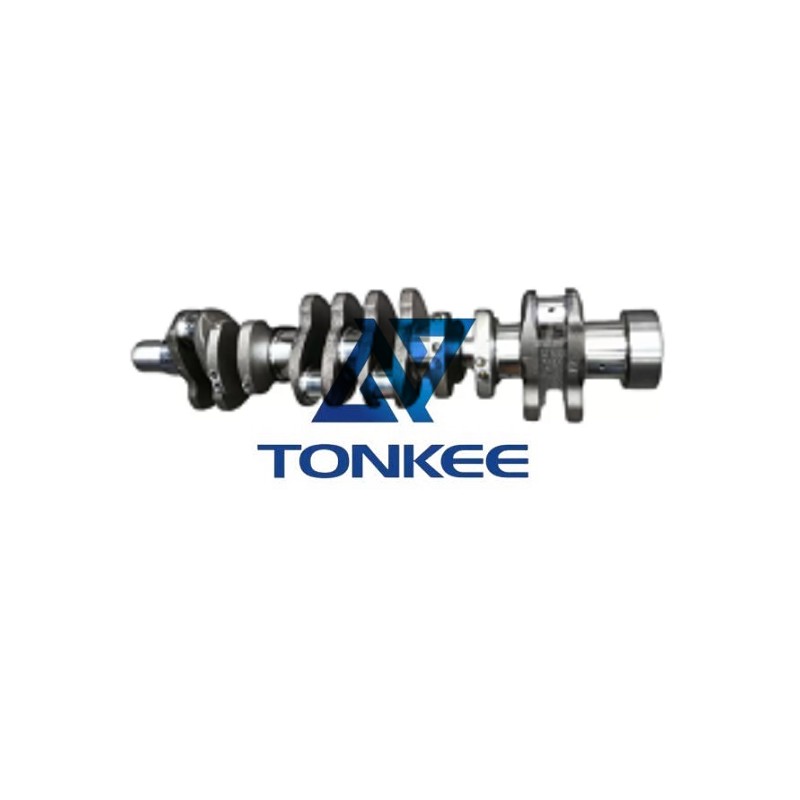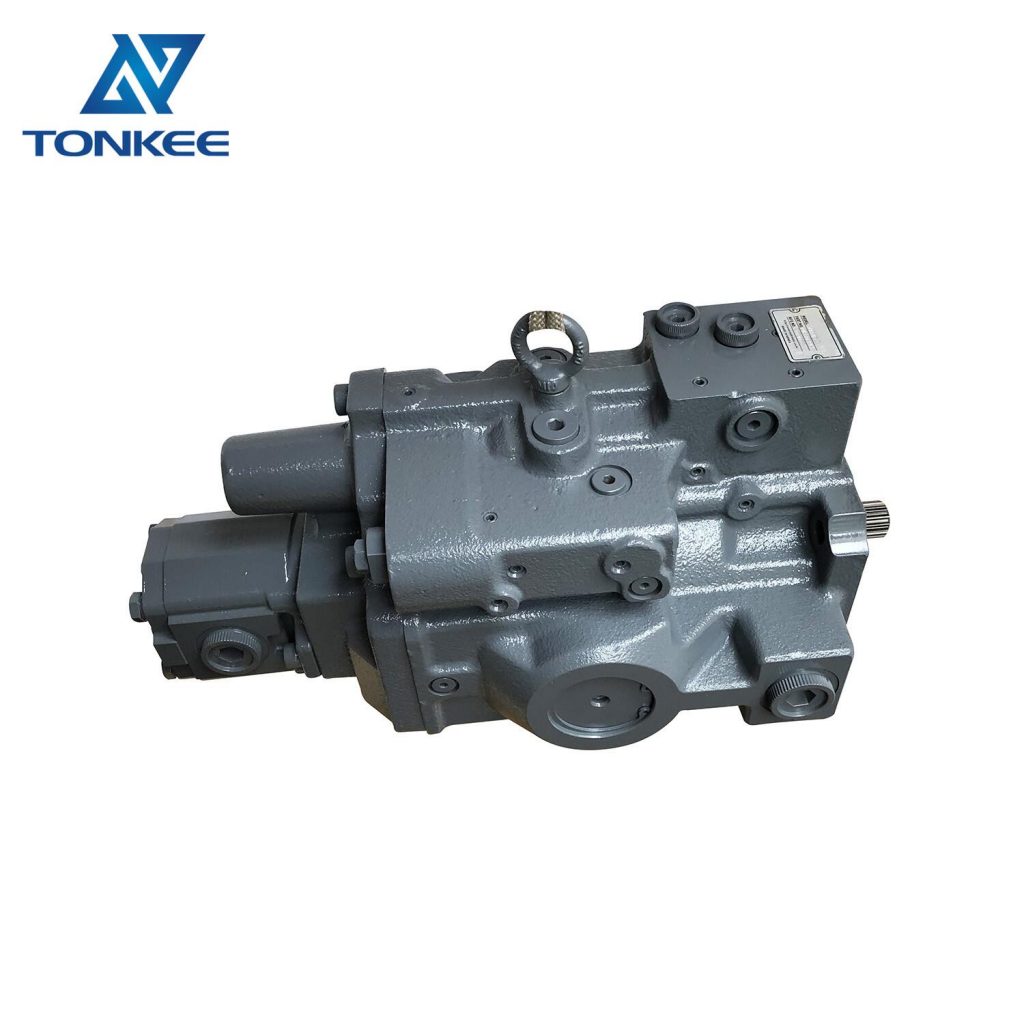
The crankshaft is a vital part of any internal combustion engine, including the NTA855.
It plays a fundamental role in converting the reciprocating motion of the pistons into rotational motion that drives the bulldozer's tracks. The NTA855's crankshaft is specially designed and meticulously crafted using high-quality forged steel, ensuring it can withstand the immense forces and stresses it encounters during operation.
Forged steel is chosen for the crankshaft material because of its exceptional strength and durability. This manufacturing process involves heating a solid steel billet to a high temperature and then shaping it into the desired form through controlled hammering or pressing. The result is a crankshaft with superior material properties, including high tensile strength, resistance to bending, and excellent fatigue resistance.
The NTA855's crankshaft is precision-engineered to meet stringent specifications, which include:
Material Selection: The crankshaft is made from high-quality forged steel, chosen for its exceptional mechanical properties. This material ensures the crankshaft's ability to withstand the forces and loads it experiences during engine operation.
Dimensional Accuracy: The crankshaft is manufactured to precise dimensional tolerances to ensure smooth operation and compatibility with other engine components. Accurate machining and strict quality control processes guarantee that every crankshaft meets these specifications.
Fillet Radii: The crankshaft features optimized fillet radii, which are the curved transitions between different parts of the crankshaft.
These radii are carefully designed to minimize stress concentrations, enhancing the component's longevity and reducing the risk of fatigue failure.
Surface Finish: The surface of the crankshaft undergoes rigorous machining and finishing processes to ensure it meets strict standards for smoothness and accuracy. A well-finished surface reduces friction, wear, and the likelihood of stress concentrations.
Heat Treatment: The crankshaft is subjected to heat treatment processes that enhance its material properties. These processes improve the crankshaft's hardness, toughness, and overall performance.
Dynamic Balancing: To minimize vibration and ensure smooth engine operation, each crankshaft is dynamically balanced during the manufacturing process. This balance reduces wear and tear on engine components and increases overall longevity.
Quality Control: Throughout the manufacturing process, extensive quality control measures are employed to verify that each crankshaft meets the exacting standards set by the manufacturer. This includes non-destructive testing, dimensional inspections, and material analysis.



 English
English Русский язык
Русский язык





